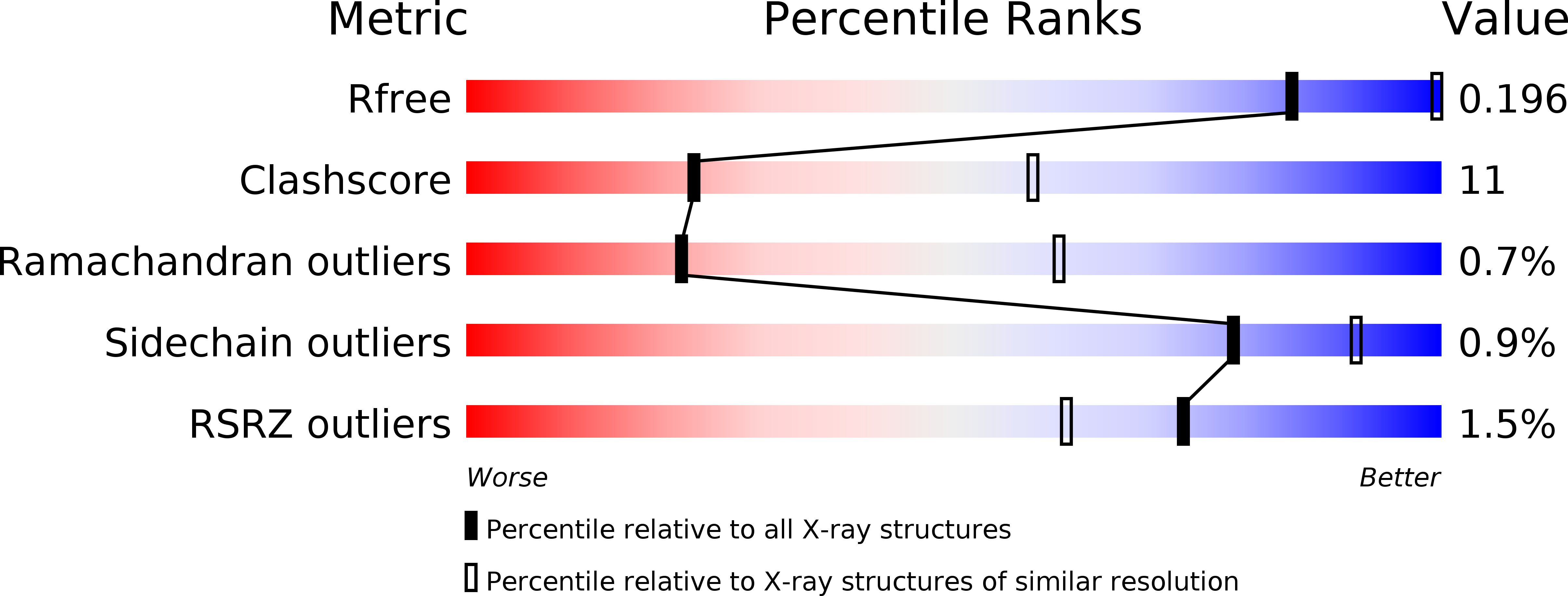
Deposition Date
2008-12-02
Release Date
2009-05-19
Last Version Date
2024-04-03
Method Details:
Experimental Method:
Resolution:
3.19 Å
R-Value Free:
0.25
R-Value Work:
0.19
R-Value Observed:
0.20
Space Group:
P 21 21 21


